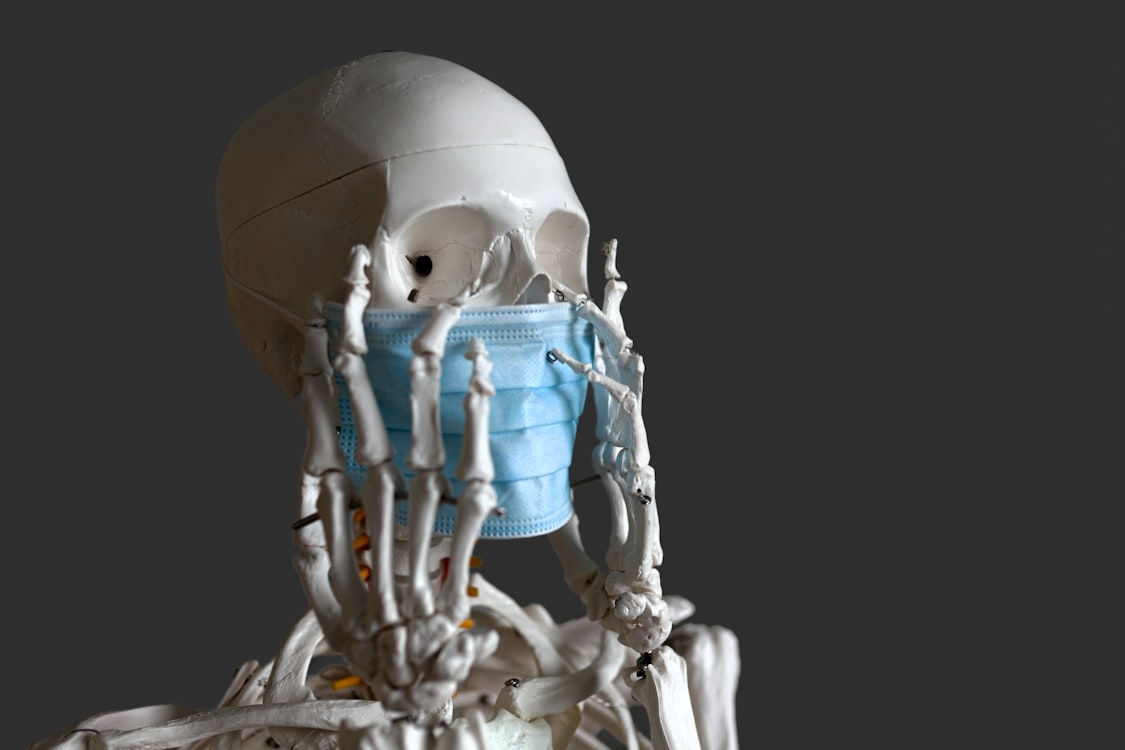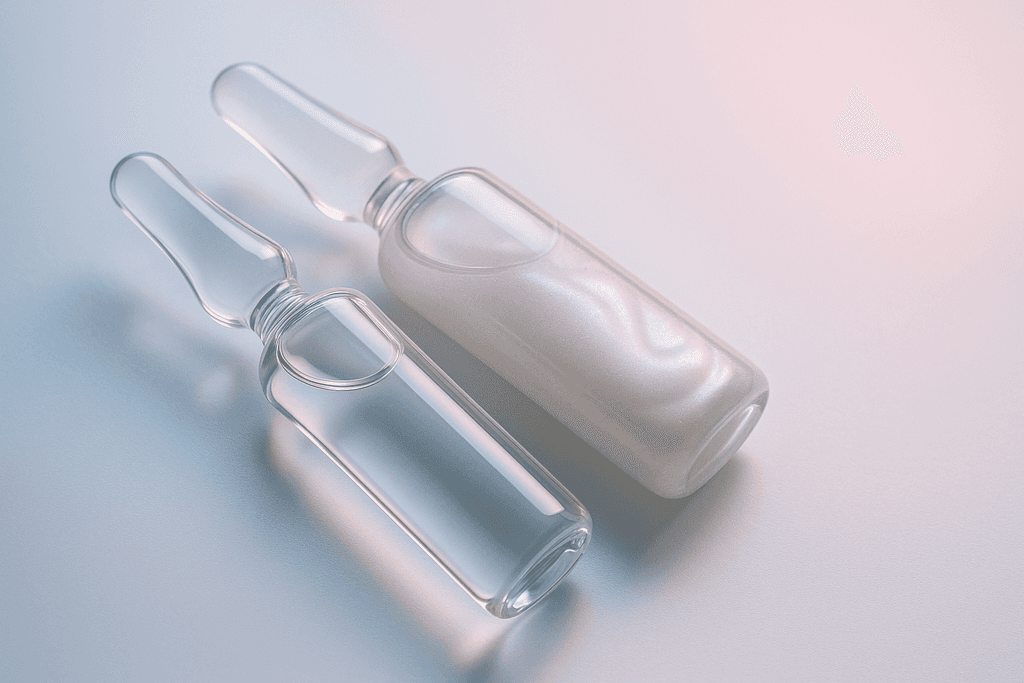How Data-Driven Tracking Can Accelerate Your Wellness Progress

Table of Contents
- The Evolution of Wellness Monitoring
- New Tools for Wellness Tracking
- The Future of Wellness Is Data-Driven
- Wrap-up
- Common Questions About Data-Driven Wellness Tracking
The Evolution of Wellness Monitoring
People have tracked their health for centuries. In ancient times, they used simple methods like counting steps or watching what they ate. As time went on, we got better tools. Doctors started using scales and measuring tapes. These helped, but they didn't tell the whole story.
In the 1970s, home bathroom scales became popular. This was a big step. People could check their weight whenever they wanted. But weight alone doesn't show everything about health. We needed more.
The digital age brought new gadgets. Fitness trackers and smartwatches came out. These devices count steps, measure heart rate, and even track sleep. They give us more info, but they still have limits. They can't see inside our bodies or give detailed pictures of how we're changing.
Old vs New Tracking Methods
- Old methods:
- Bathroom scales
- Tape measures
- Body fat calipers
- New methods:
- 3D body scans
- AI-powered analysis
- Advanced blood tests
Today, we have amazing new tech. 3D scanners can make detailed models of our bodies. AI can spot tiny changes we can't see. These tools give us a much clearer picture of our health.
At Caleyo Wellness, we use a special 3D body scanner. It's like taking a super detailed photo of your body. This helps us track progress better than ever before. We can see small changes that old methods might miss.
| Tracking Method | Accuracy | Detail Level |
|---|---|---|
| Bathroom Scale | Low | Very Low |
| Fitness Tracker | Medium | Medium |
| 3D Body Scanner | High | Very High |
These new tools don't just show numbers. They help us understand our bodies better. We can see how diet, exercise, and treatments really affect us. This makes it easier to reach health goals and feel good about the progress.
New Tools for Wellness Tracking
Remember when tracking your health meant just stepping on a scale? Those days are long gone. Now we have gadgets that can measure things we never even knew mattered.
Take 3D body scanning, for instance. It's like having x-ray vision for your body composition. These scanners create a detailed map of your muscles, fat, and bones. It's pretty wild to see yourself as a 3D model on a screen.
- Get precise body fat percentage
- Track muscle growth over time
- Visualize changes you can't see in the mirror
But it's not just about body shape. New skin analysis systems can peek deep into your pores. They use AI to spot issues before they become visible problems. It's like giving your skin a check-up without the dermatologist's waiting room.
Wearables and Smart Devices
Wearable tech has come a long way from simple step counters. Now your watch can track your sleep, stress levels, and even your blood oxygen. Some devices can even detect irregular heartbeats.
All this data paints a clearer picture of your overall health. It's not just about hitting 10,000 steps anymore. It's about understanding how your body works as a whole system.
Key benefits of modern health tracking:
- Catch potential health issues early
- Understand your body's patterns
- Make more informed lifestyle choices
Using Data for Better Health Plans
So you've got all this data. Now what? That's where personalized wellness strategies come in. It's like having a health coach who knows you inside and out.
Let's break down how this works:
- Collect data from various sources (body scans, skin analysis, wearables)
- Analyze trends and patterns
- Create a tailored plan based on your unique needs
- Adjust the plan as your body changes
For example, body composition data can help fine-tune your diet and exercise plan. If the scanner shows you're losing muscle, not fat, it might be time to up your protein intake or switch up your workouts.
Skin analysis can guide your skincare routine. Maybe that fancy cream isn't doing what you thought. AI-driven analysis might suggest a completely different approach based on your skin's actual needs.
Customizing Treatments
Even medical treatments are getting the personalized touch. Take IV therapy, for instance. At Caleyo Wellness, they use biomarker tracking to adjust your nutrient mix. It's like a custom smoothie for your veins.
| Treatment | How Data Helps |
|---|---|
| IV Therapy | Adjust nutrient mix based on blood work |
| Skincare | Target specific issues revealed by skin analysis |
| Fitness Plan | Optimize workouts using body composition data |
Seeing Results Faster
Here's the cool part: when you track things closely, you often see results faster. It's like watching a plant grow with time-lapse photography. Suddenly, progress becomes visible.
Take weight loss, for example. Traditional methods might leave you feeling stuck. But with precise tracking, you might notice that while your weight hasn't changed, your body fat percentage has dropped. That's progress you can't see on a regular scale.
Benefits of precise progress tracking:
- Stay motivated by seeing small changes
- Understand what's working (and what's not)
- Make smarter decisions about your health
There's also a psychological boost. Seeing concrete improvements, even small ones, can be incredibly motivating. It's like getting a gold star for your health efforts.
In the long run, this data-driven approach leads to more sustainable results. You're not just following a one-size-fits-all plan. You're on a custom journey, guided by your own body's feedback.
At Caleyo Wellness, they've seen firsthand how this approach can transform lives. Their ShapeShift & Sustain program uses 3D body scanning to keep clients on track. It's not about quick fixes; it's about real, lasting change.
The Future of Wellness Is Data-Driven
Imagine knowing exactly how your body responds to different foods, exercises, and lifestyle choices. That's the power of data-driven wellness tracking. As technology advances, we're seeing some exciting developments on the horizon:
- Wearable devices that can analyze your sweat for real-time health insights
- AI-powered apps that predict potential health issues before symptoms appear
- Smart mirrors that perform daily health scans as you get ready
- Implantable sensors for continuous monitoring of vital signs
But with great power comes great responsibility. As we collect more health data, we need to consider:
- Data privacy and security
- Ethical use of predictive health information
- Balancing technology with human touch in healthcare
- Ensuring equal access to these advancements
At Caleyo Wellness, we're committed to using data responsibly to enhance your care. Our 3D body scanning and AI-powered skin analysis help us create truly personalized treatment plans. We combine cutting-edge tech with the expertise of our providers to give you the best of both worlds.
| Traditional Approach | Data-Driven Approach |
|---|---|
| Generalized recommendations | Personalized, adaptive plans |
| Infrequent progress checks | Continuous monitoring and adjustments |
| Reliance on patient memory | Objective, measurable data |
By embracing data-driven wellness, we're not just guessing what might work for you - we're measuring real results and fine-tuning your plan accordingly. This approach leads to more effective treatments and better outcomes for our clients.
As we look to the future, the potential for data to improve our health and wellness is huge. But it's not just about having more data - it's about using it wisely. That's why at Caleyo Wellness, we're always learning and adapting to bring you the most effective, science-backed treatments possible.
Wrap-up
Data-driven tracking takes the guesswork out of your wellness journey. By keeping tabs on key metrics, you can see what's working and what's not. This lets you make smarter choices about your health and fitness goals.
At Caleyo Wellness, we use advanced tech like 3D body scanning to give you a clear picture of your progress. Our ShapeScale technology measures things like body fat and muscle mass with pinpoint accuracy. This data helps us tailor your plan and keep you on track.
Remember, everyone's path to wellness is unique. Having solid data to guide you makes a big difference. It's not about obsessing over numbers, but using them as a tool to stay motivated and make informed decisions.
Ready to take your wellness journey to the next level? Consider how data-driven tracking could fit into your routine. And if you're curious about our high-tech approach at Caleyo, we're here to chat.
Up next, we'll tackle some common questions about wellness tracking and how it can benefit you.
Common Questions About Data-Driven Wellness Tracking
How is my personal health data kept secure?
Your health data is protected using industry-standard encryption and secure storage practices. At Caleyo Wellness, we adhere to strict privacy policies and only authorized personnel have access to your information. We never share or sell your data to third parties.
Can I integrate tracking with my current fitness apps?
Many of our tracking tools can sync with popular fitness and health apps. Our 3D body scanner, for example, can export data that's compatible with various platforms. During your consultation, we'll discuss which of your existing tools can be integrated for a seamless experience.
How often should I track my progress?
The frequency of measurements depends on your specific goals and program. Generally, we recommend tracking key metrics every 2-4 weeks. This allows enough time to see meaningful changes while providing data to make timely adjustments to your plan.
What if I don't understand my data?
Don't worry - you're not alone in data interpretation. Our team at Caleyo Wellness is here to help. We'll walk you through your results during regular check-ins, explaining what the numbers mean and how they relate to your goals. We turn complex data into actionable insights.
Is data-driven tracking worth the investment?
For many clients, precise tracking is a game-changer. It provides objective feedback on your progress, helps identify what's working (and what's not), and allows for personalized adjustments to your wellness plan. While the initial investment may seem significant, the long-term benefits in achieving and maintaining your health goals often outweigh the costs.



